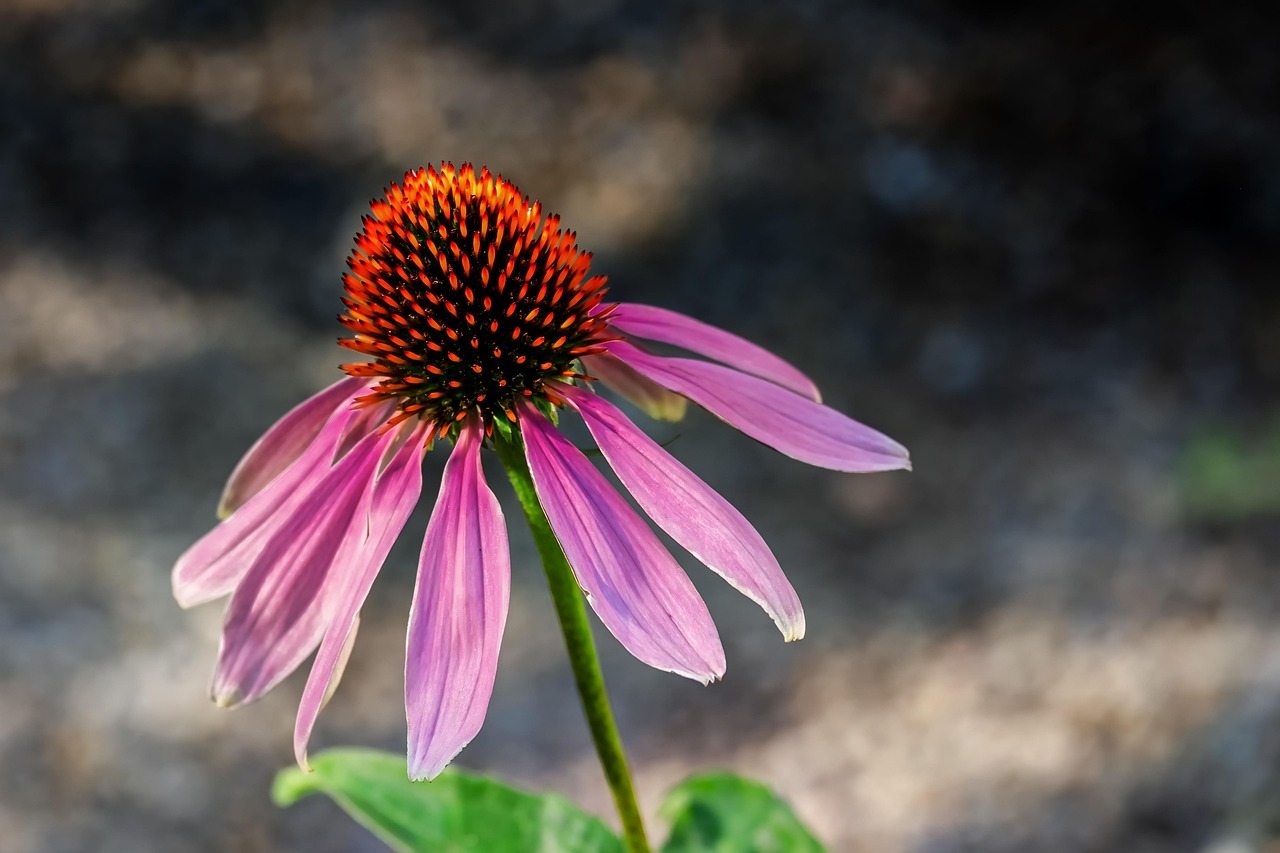Purple Coneflower, Echinacea purpurea, is an iconic North American perennial celebrated for its large, daisy-like blooms and sturdy, upright habit. Blooming from early summer into fall, its rosy-purple petals surround a prominent, spiky central cone—both a visual focal point in the garden and a valuable food source for pollinators. Highly adaptable and low-maintenance, Purple Coneflower is a summer staple for Southeast Wisconsin landscapes, offering color continuity, wildlife benefits, and versatile design uses.
Key Characteristics
-
Flower Structure & Bloom Time
-
Flowers measure 3–4″ across, with reflexed pink-purple rays radiating from an orange-brown central cone.
-
Blooms from June through September (and sometimes into October), providing long-lasting color.
-
Flower heads open sequentially along the stem, ensuring weeks of continuous interest.
-
-
Foliage & Growth Habit
-
Rough-textured, lanceolate leaves form a basal rosette before giving rise to sturdy, unbranched stems up to 3–4′ tall.
-
Clump-forming habit, spreading slowly to 1–2′ wide.
-
Leaves and stems retain good form throughout summer, with minimal flopping.
-
-
Wildlife Appeal
-
Nectar-rich blooms attract butterflies, bees, and hummingbirds.
-
Mature seed heads feed songbirds—especially goldfinches—well into winter.
-
Cultural Requirements
-
Light
-
Thrives in full sun (minimum 6–8 hours daily).
-
Tolerates light afternoon shade, but best flowering occurs under direct sun.
-
-
Soil
-
Prefers well-drained loam or sandy soil; tolerates average garden soil.
-
Avoid waterlogged conditions—amend heavy clay with compost or grit for better drainage.
-
-
Water
-
Establish with regular watering during the first season.
-
Once established, moderately drought-tolerant; supplemental water during prolonged dry spells encourages larger blooms.
-
-
Hardiness
-
USDA Zones 3–9.
-
Dies back after the first hard frost, then regenerates vigorously in spring.
-
Landscape Uses & Companion Plants
-
Mixed Perennial Borders
-
Plant in front of taller perennials (e.g., Rudbeckia, Helianthus) to create layered color.
-
Pair with airy grasses like Little Bluestem (Schizachyrium scoparium) for textural contrast.
-
-
Pollinator Gardens & Meadows
-
Install in masses or drifts to form nectar corridors for butterflies and bees.
-
Combine with other summer-blooming natives: Wild Bergamot (Monarda fistulosa), Black-eyed Susan (Rudbeckia hirta), and Blazing Star (Liatris spicata).
-
-
Cut-Flower Gardens
-
Long stems and durable blooms make excellent cut flowers—simply harvest individual heads by cutting below the first leaf node.
-
-
Container Displays
-
Grow in large pots with companions like Salvia ‘May Night’ or ornamental grasses for a striking patio accent.
-
Seasonal Care & Maintenance
-
Planting & Division
-
Space plants 12–18″ apart in spring or fall.
-
Divide every 3–4 years in spring to maintain vigor and prevent overcrowding.
-
-
Deadheading & Seed Management
-
Remove spent blooms to promote continued flowering and tidy appearance.
-
Leave some seed heads in autumn for winter interest and bird forage; alternatively, collect seeds for spring sowing.
-
-
Fertilization
-
Light feeder: apply a balanced, slow-release granular fertilizer in early spring.
-
Overfertilization can cause excessive foliage at the expense of blooms.
-
-
Pest & Disease
-
Generally resistant to deer and rabbits.
-
Watch for powdery mildew in humid conditions—ensure good air circulation and avoid overhead watering.
-
-
Winter Protection
-
Optional: after frost, leave stems standing to protect crowns and provide wildlife habitat.
-
In early spring, cut back dead stems to ground level before new growth emerges.
-
Ecological & Garden Benefits
-
Pollinator Haven: Its abundant nectar and pollen support bees, butterflies, and beneficial insects throughout summer.
-
Wildlife Value: Birds feast on seed heads in winter, adding seasonal interest and ecological function.
-
Low-Maintenance Performer: Tolerant of heat, drought, and a range of soil types, Purple Coneflower requires minimal care once established.
Conclusion & Availability
With its bold, long-lasting blooms, wildlife-friendly attributes, and effortless charm, Purple Coneflower (Echinacea purpurea) stands out as a resilient workhorse in Southeast Wisconsin gardens. Ready to bring this summer superstar home? Visit Heritage Hill Nursery in New Berlin or explore our online store to select premium Echinacea purpurea plants—guaranteed to brighten borders, attract pollinators, and sustain year-round interest.
We may not have this specific flower in stock, but check out the ECHINACEA PURPUREA `HAPPY STAR` here!

